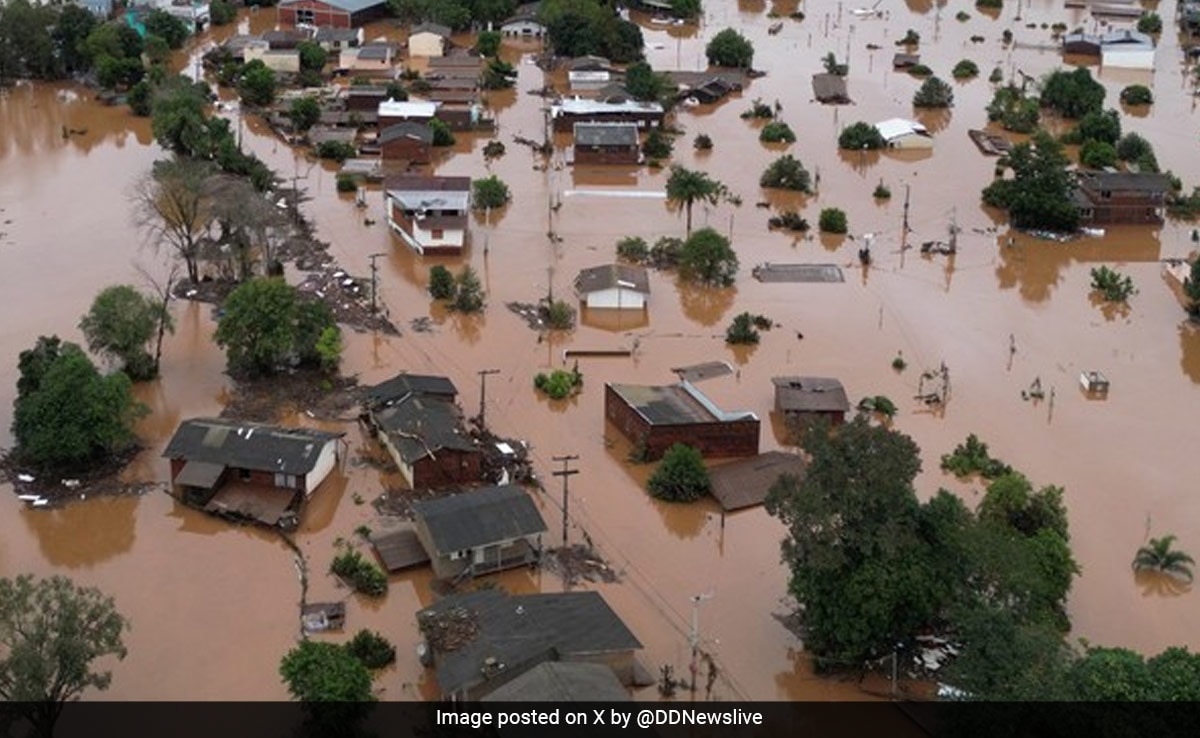On September 25, the Philippines Coast Guard said it had removed barriers placed by Chinese vessels at the entrance to a lagoon off the Scarborough Shoal in the South China Sea, following the orders of President Ferdinand Marcos Jr. This came days after Chinese Coast Guard ships placed a 300-metre-long barrier to prevent the entry of boats from the Philippines, the latest in long-running tensions in the South China Sea.
The events of recent days have once again shone the spotlight on simmering tensions in the South China Sea and the wider ramifications of the dispute, which extend not only to the many claimants of the sea’s islands and waters but to all countries in the Indo-Pacific region, including India.
The South China Sea is a strategic body of water abutting the Western Pacific. To its north lie China and Taiwan. On the west is the Indo-Chinese peninsula, including the long Vietnamese coast, Thailand, Malaysia and Singapore; Indonesia and Brunei open up to the southern parts of the sea; and finally to the east is the Philippines, which refers to the waters off its coast as the West Philippine Sea. As much as $3.37 trillion worth of trade passed through the South China Sea in 2016, estimated a report from the Center for Strategic and International Studies (CSIS). The report said, citing the UN Conference on Trade and Development (UNCTAD), that 80% of global trade by volume and 70% by value is transported by sea. Of the total volume, 60% passes through Asia, with the South China Sea “carrying an estimated one-third of global shipping”. While a disruption in trade would certainly impact the world, China, the world’s second-largest economy, would likely face the biggest impact. The CSIS report estimated that 64% of Chinese trade passes through the sea — the highest for any country. In contrast, 14% of U.S. trade passes through it.
The South China Sea dispute essentially revolves around multiple claims to the land features — islands and reefs — and associated territorial waters. Under the UN Convention on the Law of the Sea (UNCLOS), every state “has the right to establish the breadth of its territorial sea up to a limit not exceeding 12 nautical miles” and an Exclusive Economic Zone (EEZ) up to 200 nautical miles from the territorial sea baseline.
According to the Asia Maritime Transparency Initiative (AMTI), as many as 70 disputed reefs and islets are under contestation. The AMTI says China, Vietnam, the Philippines, Malaysia and Taiwan have built more than 90 outposts on these disputed features. Vietnam occupies “between 49 and 51 outposts spread across 27 features”, including “facilities built on 21 rocks and reefs in the Spratly Islands”. Vietnam and other countries have also reclaimed new land to build outposts on them — China’s reclamation activities in recent years have especially changed the dynamics of the dispute given Beijing’s resources and the speed and scale of reclamation work.
China, the AMTI says, has 20 outposts in the Paracel Islands and seven in the Spratlys, and has since 2012 exerted control of the Scarborough Shoal through “a constant Coast Guard presence”. “Since 2013, China has engaged in unprecedented dredging and artificial island-building in the Spratlys, creating 3,200 acres of new land, along with a substantial expansion of its presence in the Paracels,” the AMTI estimates. The Philippines, meanwhile, occupies nine features in the Spratlys and Malaysia occupies five. Taiwan maintains one outpost in the Spratlys on Itu Aba island, “the largest natural feature in the Spratlys”. Taiwan has also reclaimed “eight acres of land to construct a new wharf, which was completed in late 2015”.
Diplomacy and arbitration
Given the complexity of the disputes and the multiple claimants — most of which are members of ASEAN — talks to manage the South China Sea between China and ASEAN have focused on coming up with a Code of Conduct (CoC), which has proved elusive. ASEAN, given the disputes within, has been unable to come up with any joint front to negotiate with China, the biggest claimant both from the perspective of its military might and the extent of its claims.
In 2002, the Foreign Ministers of ASEAN and China adopted a Declaration on the Conduct of parties (DoC), which affirmed their “commitments to the peaceful settlement of disputes in accordance with international law, including UNCLOS”. The DoC was also aimed at paving the way to a CoC, which is yet to materialise. Instead, disputes have only grown more acute. In 2013, Manila initiated arbitral proceedings against China under UNCLOS, claiming its actions had violated the convention. Beijing refused to participate, deeming the Permanent Court of Arbitration (PCA) illegal.
A 2016 ruling from the PCA rejected China’s “nine dash line”. Marked on all of China’s official maps, including the most recent map released in August that drew a protest from several countries, the line claims all of the South China Sea’s islands and features. Left somewhat ambiguous is whether China also claims the entire waters within the line, or only the associated territorial seas of the land features. Chinese officials have never spelled out the exact claims, although they have insisted on “historical rights” to the “waters and islands”.
The PCA ruling said China’s claims were inconsistent with UNCLOS. While stating it did not take a position on matters of sovereignty of land features, the PCA tribunal “concluded that, to the extent China had historic rights to resources in the waters of the South China Sea, such rights were extinguished to the extent they were incompatible with the EEZ provided for in the convention”. It also “concluded that there was no legal basis for China to claim historic rights to resources within the sea areas falling within the ‘nine-dash line’”. Further, it noted that under UNCLOS, “islands generate an exclusive economic zone of 200 nautical miles and a continental shelf” but “rocks which cannot sustain human habitation or economic life of their own shall have no exclusive economic zone or continental shelf”.
Cat and mouse game
Beijing rejected the arbitration, and in response issued a white paper that claimed that “China’s sovereignty and relevant rights and interests in the South China Sea have been established in the long course of history, and are solidly grounded in history and law.” As the claimants continue working towards a CoC, the cat and mouse game in enforcing claims is only set to continue, as evinced in the recent dispute at Scarborough Shoal.
Given the extraordinary maritime, strategic and commercial significance of these waters, it isn’t only the direct claimants that have a stake in the future of the South China Sea. According to India’s Ministry of External Affairs, at least 55% of India’s trade passes through the South China Sea. Any future moves to control its passageways, let alone the potential for this continued jostling to snowball into a conflict, could disrupt global trade and the world economy on a scale far exceeding the impact of Russia’s war against Ukraine.













